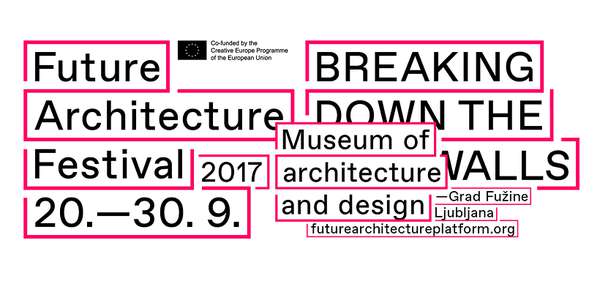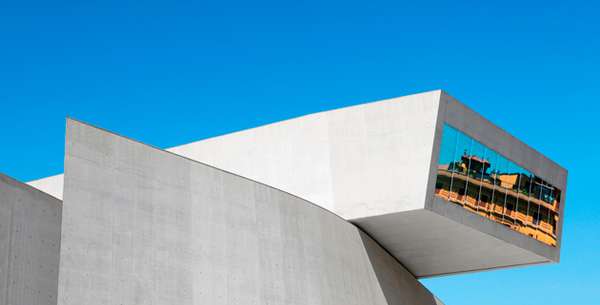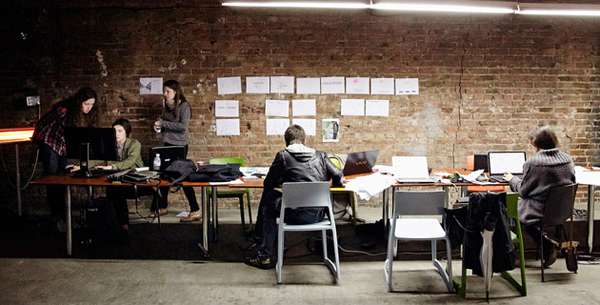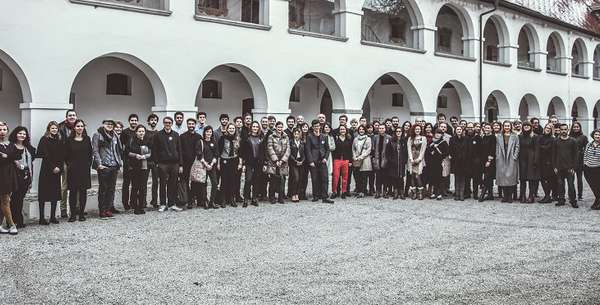Idea by
Miloš Kosec
Call for ideas 2016
Ruincarnations
Ruincarnations

The post-industrial age rediscovered the fascination with ruins: from shabby chic to ruin-porn, the imprint of decay on repetitive standardized production serves as a trigger of commodification.
The project of Ruincarnations counters existing ruin-porn imagery and fetishizations of decay with reaffirming a subversive potential of the ruin. Commodification of decay is possible only insofar as it remains an (artistic, social or political) Other. Relocating the ruin to mainstream (re)use erases this difference.
Productive conflict between the existing structure and new use is an architectural subversion as well. A design according to a fixed set of expectations functions perfectly only in a single scenario. The creation of a carefully curated architectural conflict between the user and the structure opens up possibilities for a sustainable interpretation of functionality: saving what is worth saving in the contemporary fascination with ruins and decay.
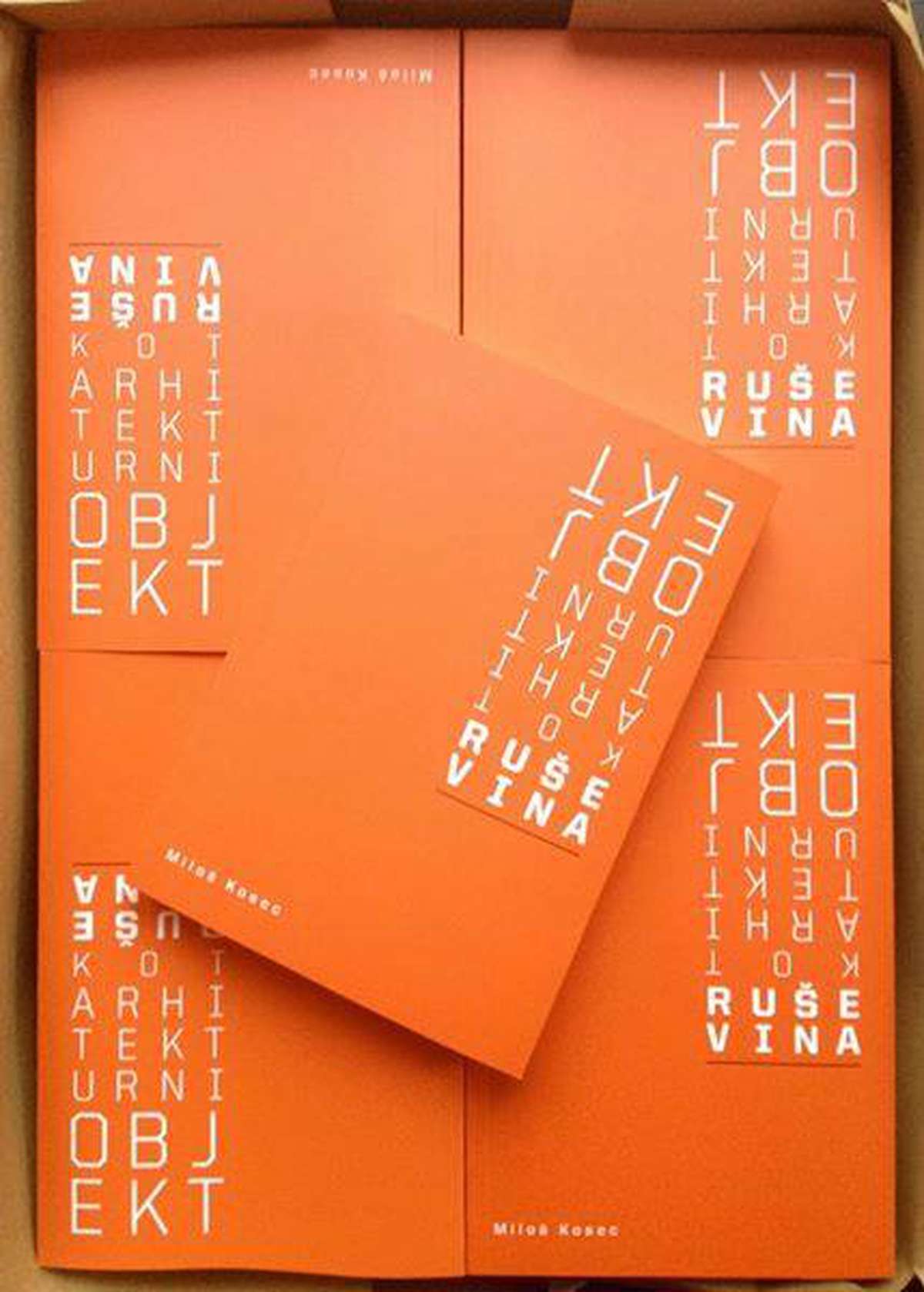
Miloš Kosec: Ruin as an Architectural Object. The book analyses the historical differences in attitudes to ruination and decay and establishes possible grounds for reinterpretation of post-industrial architectural function and form through reclaiming and reuse of decaying and ruined structures. http://www.praznine.si/knjige/#rusevina-kot-arhitekturni-objekt
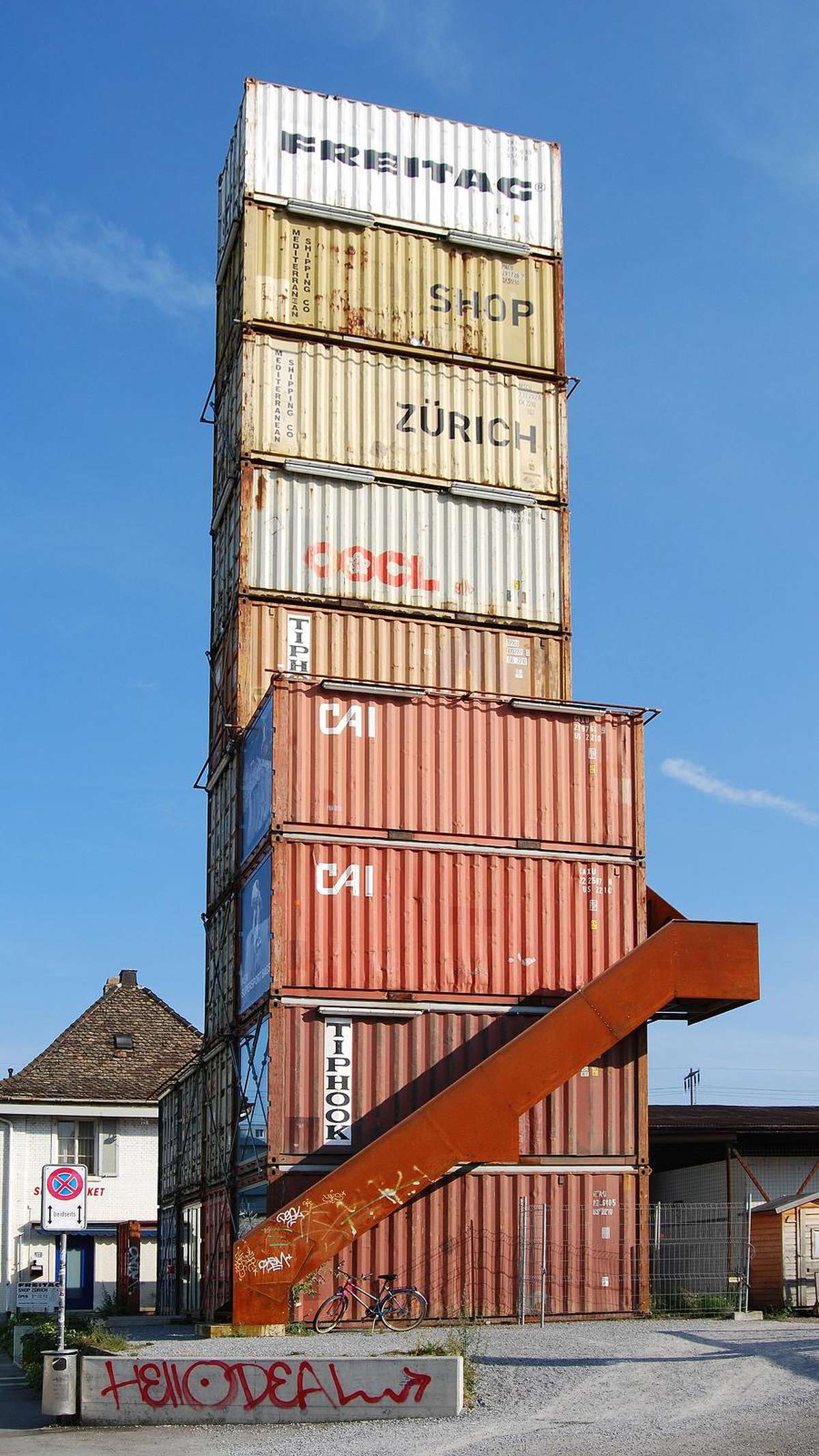
Area around Turbinenplatz, Zürich: how many smashed windows are needed for a “creative” space? Carefully designed »rust and decay« feel of the Freitag container tower in an area of Zürich where plentiful steel containers in real construction sites are immaculately clean and carefully maintained.
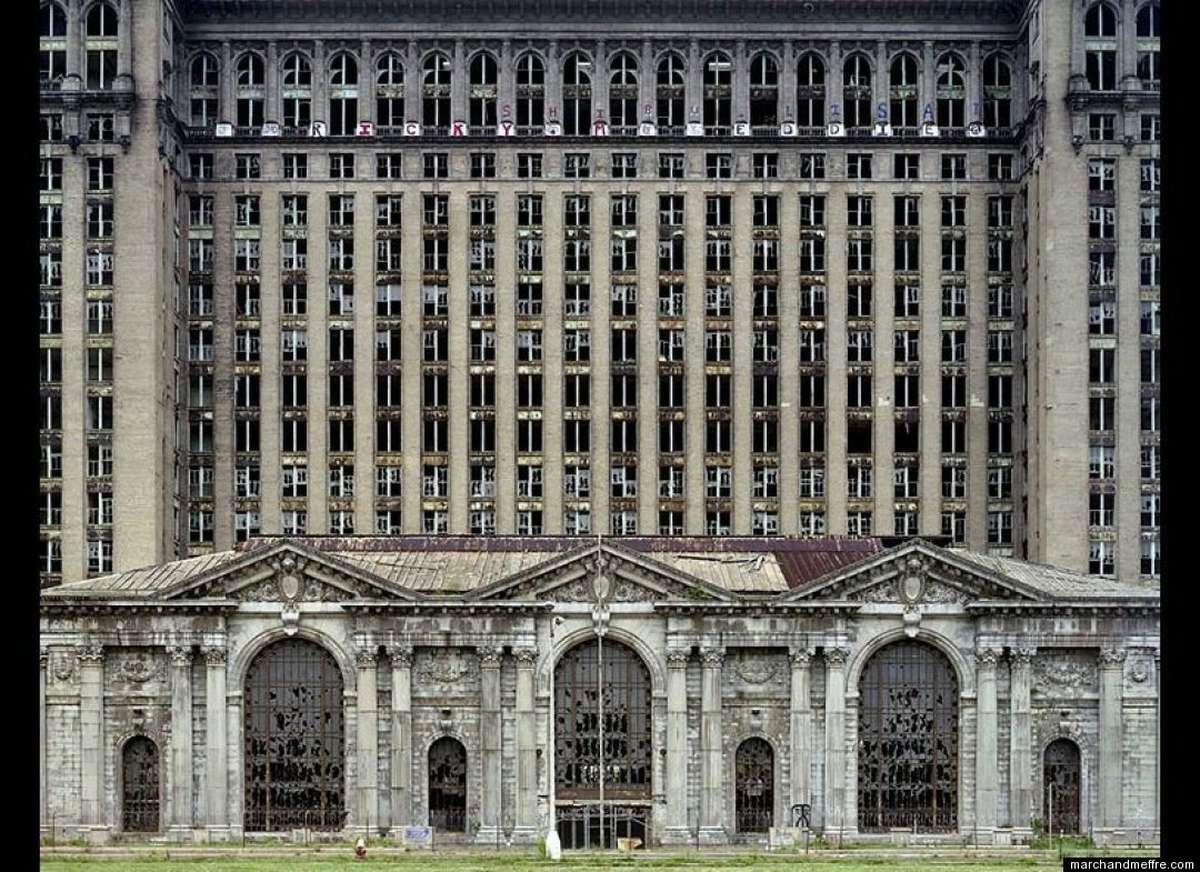
Detroit: ruin-lust transforms to ruin-porn. Commodification of experience of being a tourist in one’s own industrial past – or perhaps of being an archaeologist of the long-lost possibilities of the future.
Ruincarnations
Ruincarnations

The post-industrial age rediscovered the fascination with ruins: from shabby chic to ruin-porn, the imprint of decay on repetitive standardized production serves as a trigger of commodification.
The project of Ruincarnations counters existing ruin-porn imagery and fetishizations of decay with reaffirming a subversive potential of the ruin. Commodification of decay is possible only insofar as it remains an (artistic, social or political) Other. Relocating the ruin to mainstream (re)use erases this difference.
Productive conflict between the existing structure and new use is an architectural subversion as well. A design according to a fixed set of expectations functions perfectly only in a single scenario. The creation of a carefully curated architectural conflict between the user and the structure opens up possibilities for a sustainable interpretation of functionality: saving what is worth saving in the contemporary fascination with ruins and decay.
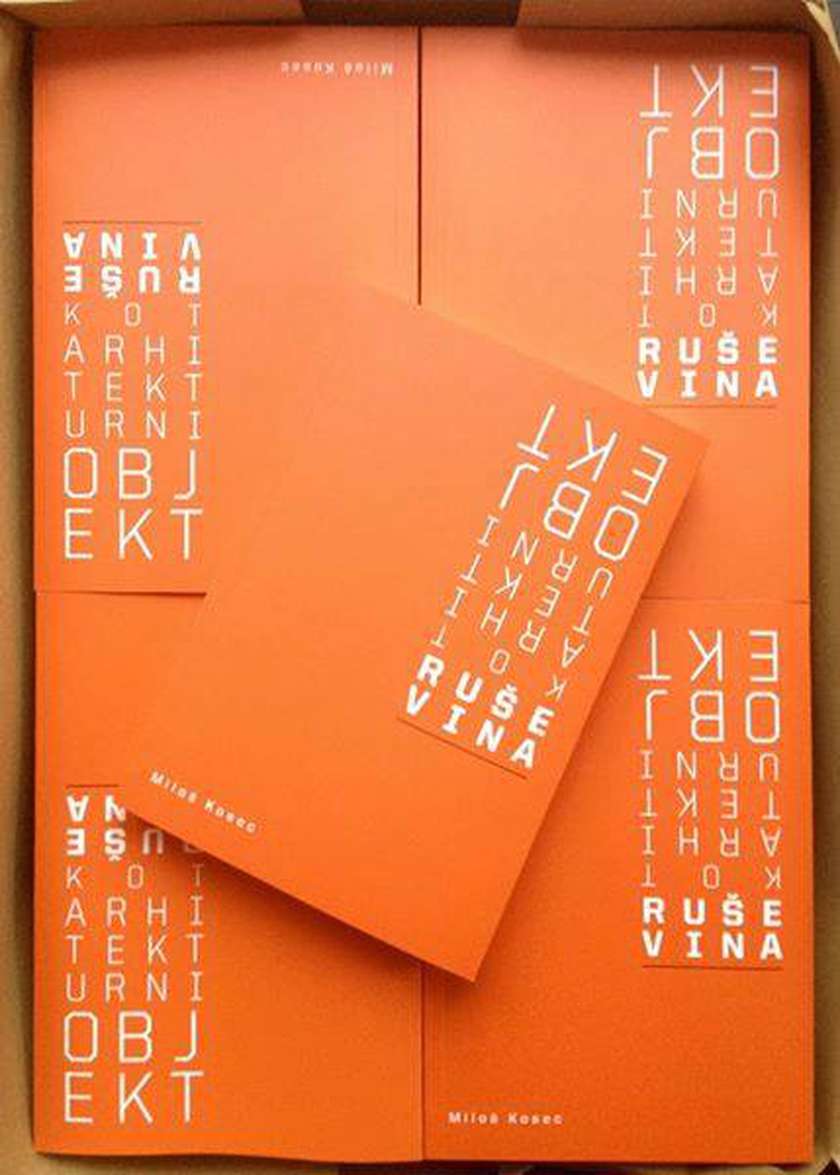
Miloš Kosec: Ruin as an Architectural Object. The book analyses the historical differences in attitudes to ruination and decay and establishes possible grounds for reinterpretation of post-industrial architectural function and form through reclaiming and reuse of decaying and ruined structures. http://www.praznine.si/knjige/#rusevina-kot-arhitekturni-objekt
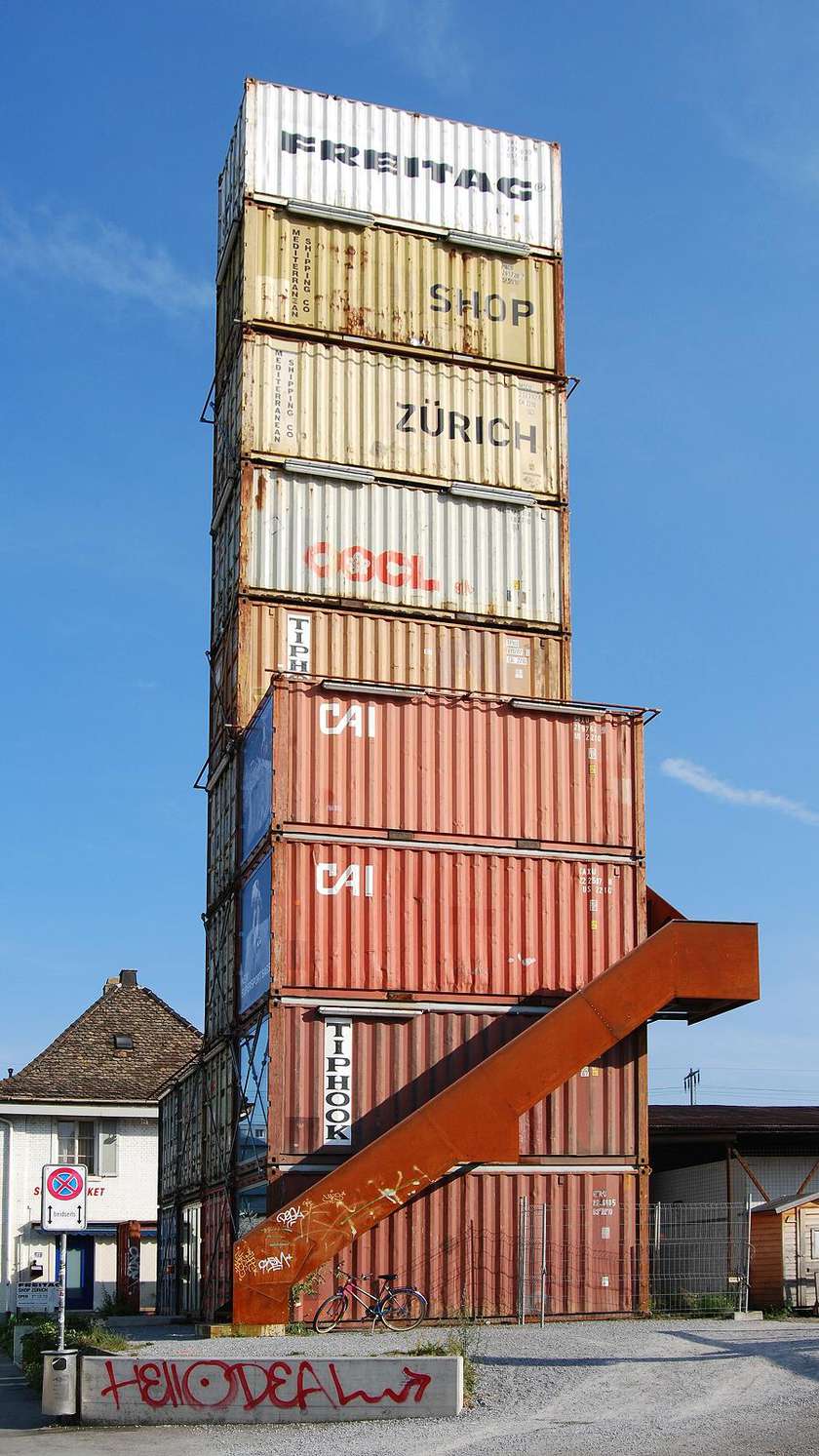
Area around Turbinenplatz, Zürich: how many smashed windows are needed for a “creative” space? Carefully designed »rust and decay« feel of the Freitag container tower in an area of Zürich where plentiful steel containers in real construction sites are immaculately clean and carefully maintained.
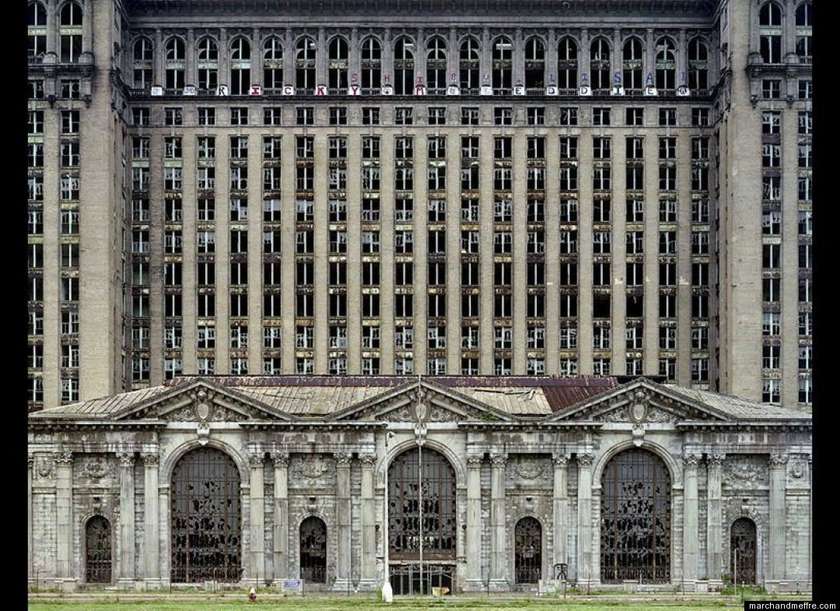
Detroit: ruin-lust transforms to ruin-porn. Commodification of experience of being a tourist in one’s own industrial past – or perhaps of being an archaeologist of the long-lost possibilities of the future.
